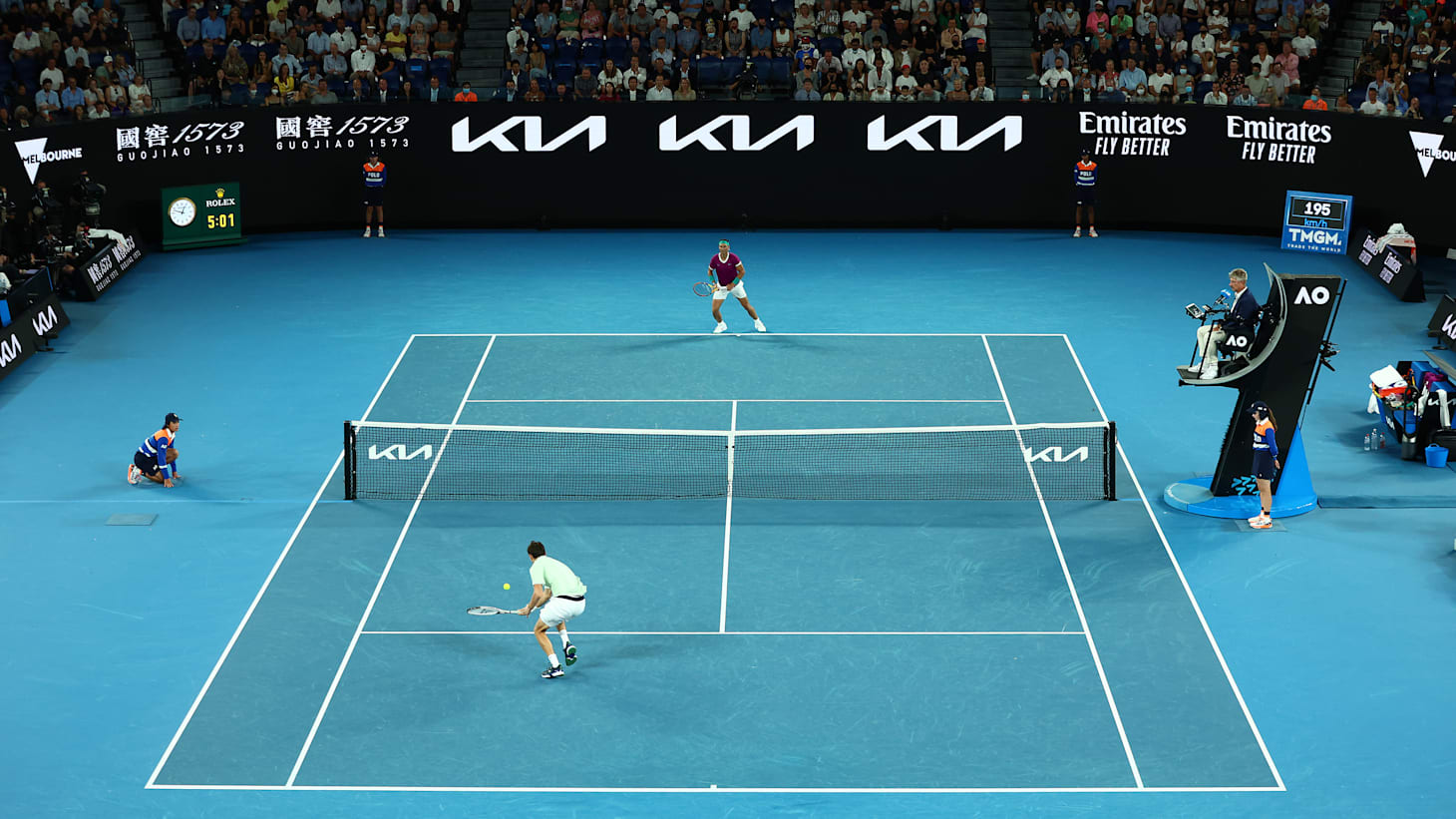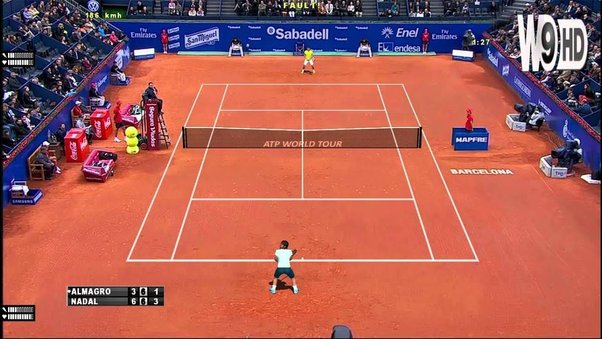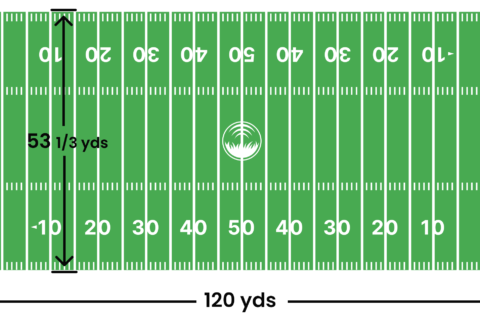Tennis is not just a game of skill and agility. It also involves understanding the rules that govern the game. One of the rules that might seem complex is the pattern for switching sides on the court. Especially after a tiebreak. Have you ever wondered if players always switch sides after a tiebreak? And what is the pattern for switching sides in the games after? Let’s dig into the details.
What Happens After a Tiebreak?
First, let’s understand what a tiebreak is. A tiebreak occurs when the game score in a set is tied at 6-6. It’s a way to decide who wins the set. Players compete to be the first to reach seven points. They must also lead by at least two points. If they do, they win the tiebreak, and consequently, the set.
Now, onto the main question. Do players switch sides after a tiebreak? The answer is, yes, they often do. But, the pattern is what might confuse some people. Here’s a simple way to remember it. Players switch sides after the first point. Then, after every four points in the tiebreak. For example, they switch after the fifth point, the ninth point, and so on.
Pattern of Switching Sides After a Tiebreak
After the tiebreak is over, players also switch sides. But, the pattern is different from during the tiebreak. Players switch sides at the end of the first game of the new set. Then, they switch after every two games. This is because in tennis, you switch sides after an odd number of games. This helps to make sure no player has an advantage from the sun or wind for too long.
Additional rows can be added for clarity| Game Number | Switch Sides? |
|---|---|
| End of Tiebreak | Yes |
| Game 1 | Yes |
| Game 2 | No |
| Game 3 | Yes |
| Game 4 | No |
| Game 5 | Yes |
| Game 6 | No |
| Game 7 | Yes |

Credit: www.wikihow.com
Why is Switching Sides Important?
Switching sides in tennis is very important. It makes sure that no player has an unfair advantage. The conditions on a tennis court can vary. The sun and wind can affect play. By switching sides, each player faces the same conditions. They face them for an equal amount of time throughout the match.

Credit: olympics.com
Exceptions to the Rule
There are times when players do not switch sides. This happens after a tiebreak. If the set that follows is the final set of the match, they might not switch. This is because some tournaments have a final set without tiebreaks. In such cases, players continue without switching until the match ends.
Remembering the Rules
The rules for switching sides can be hard to remember. A good tip is to watch the umpire. The umpire will signal when it’s time to switch sides. They keep track of the score and the pattern. Players rely on the umpire to guide them.
Tips for Junior Players
If you are a junior player, try to learn these patterns. Practice them in your matches. This will help you get used to them. It will become second nature. Then, you can focus on your game. You won’t worry about the rules.
Conclusion
In conclusion, yes, players do switch sides after a tiebreak. They follow a specific pattern during and after the tiebreak. This pattern helps keep the game fair. It takes into account the playing conditions. Remember, always watch the umpire for guidance. Whether you are a fan or a player, knowing these rules is part of the game. It will enhance your understanding and enjoyment of tennis.








